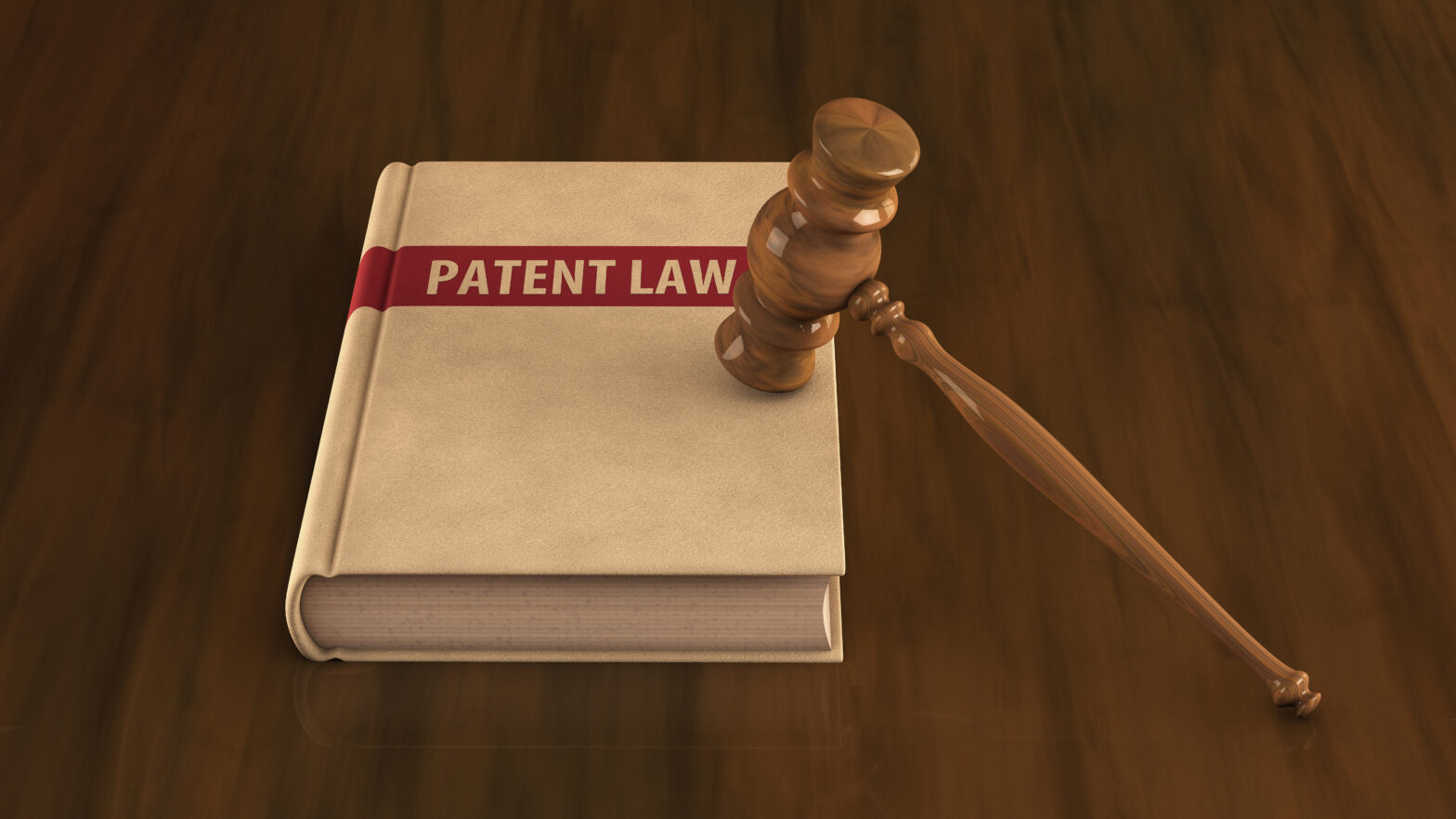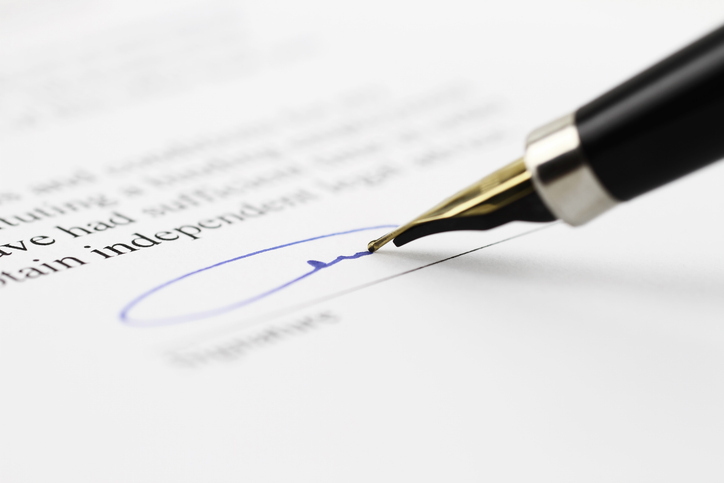They are protected respectively under the Patents Act 1977, the Trade Marks Acts 1994, the Registered Designs Act 1949, and the Copyright, Designs and Patents Act 1988 and supplementary legislation.
Barry Franklin, of Rhodes Franklin Consulting, has outlined the following guide to IP.
Patents
These are registered rights lasting for up to 20 years granting inventors protection against others making, using or selling their inventions without their permission.
They are concerned with products and processes containing new technical or functional elements. Most patent applications are for incremental improvements in existing technology – i.e. evolution rather than revolution.
Trade marks
A trade mark is defined as ‘any sign which can distinguish the goods and services of one trader from those of another’.
A sign can include logos, words, pictures, or a combination of these. Trade marks may be registered to protect brand identity and can be renewed indefinitely, for so long as the annual fees are paid.
The symbol ® is used to signify that a trade mark has been registered. The symbol ™ is used to show that the mark is your trade mark but may not have been registered.
Designs
A registered design is defined as ‘a monopoly right for the appearance of the whole or a part of a product resulting from the features of, in particular, the lines, contours, colours, shape, texture or materials of the product or its ornamentation’.
It protects the outward shape and appearance of a product. Registration of a design can last for up to 25 years, and even where the design is not registered, the designer may still gain some protection.
Copyright
Copyright is an unregistered right which provides protection for creators of certain types of material (authors, artists and composers).
It comes into effect as soon as the material to be protected is created and lasts for the life of the creator plus 70 years. Works that copyright protects include original literary works, manuals, computer programs, lyrics, newspaper articles, original dramatic and musical works, all forms of original artistic works and technical drawings, sound recordings, films and broadcasts.
The method of establishing precedence in copyright by posting the material to yourself is often used with the added security of registered mail. The objective is simply to gain an unopened, date-franked package as proof in the event of the copyright being contested.
The whole subject of intellectual property can be quite complex, particularly where there is need for protection outside the UK, so Franklin recommends that you seek professional advice.
More information is available on the UK Intellectual Property Office website.
How to protect your IP
If you have thought of an invention, idea or design on which you are planning to base your business, it is certainly worth trying to legally protect it, to prevent someone from copying it.
There are several routes you can choose. Copyright is the right to prevent other people copying areas such as your drawings, designs, artwork, and literature.
“It comes into existence automatically. For example, I have the copyright in the content of an article as soon as I write it. In the case of, for example, a drawing, mark each one with the © mark and the year. This is not required in the UK but is a requirement for some other jurisdictions and it is worthwhile doing even in the UK to let others know that there is a claim of copyright. It might also be worthwhile considering seeking to register the character as a trademark and I would strongly recommend going to a trademark agent for this,” explains Ian McKillop, solicitor in the corporate and commercial department at Ricksons.
In the context of a design for, as an example, a piece of furniture, copyright is likely to be of little or no help. Once someone has seen and understood the concept behind your design, they can produce their own designs and drawings and then make furniture using these, even though the end result is that they are using your idea.
“A patent may give you more protection. This is a right that is granted by the Government’s Patent Office. If a patent is granted it allows the holder to prevent others using the invention protected by the patent. Before the Patent Office will grant a patent, however, the idea will have to be shown to be new and novel,” advises McKillop.
This means that it must involve some inventive step that was not obvious to a reasonably skilled person working in that particular field, and it is not already known.
“To be patentable the idea also has to be capable of being made to work. It is not enough to have something that is more in the nature of a hope or a wish, or is a germ of an idea that might possibly be made to work. The test is whether the invention could be made to work by a reasonably skilled person in that particular field,” adds McKillop.
He says that it is unlikely that a service will be capable of being protected by a patent. Depending on what is involved there may be some protection available if the service requires the use of a computer software package or database that you have compiled. Assuming that your service does not require the use of any specific software or database then there is little by way of formal protection.
“However, before you disclose your idea to another corporation, you would be advised to get them to sign a confidentiality agreement. Many large organisations are used to being asked to do this, and may well agree to such a suggestion. Nevertheless, you can expect them to be a bit fussy about the terms of the agreement,” explains Mckillop.
He says they may be concerned that they do not contaminate their own ongoing research and development work in the field by accepting an all-embracing obligation of confidentiality that would stop them using their own ideas. The difficulty comes in defining (and in some cases proving) what is one of their own existing ideas and what they simply took from you.
“You would be strongly advised to get the confidentiality agreement drafted professionally – some organisations may say that they are used to receiving ideas in confidence on the basis of their own standard form confidentiality agreement. It is likely that their agreement will be drafted so as to be more favourable to them. If you really believe that you have a valuable idea then it is worth spending something on professional advice to get it properly protected,” adds McKillop.
See also: What is IP and what should start-ups be doing to protect it?





